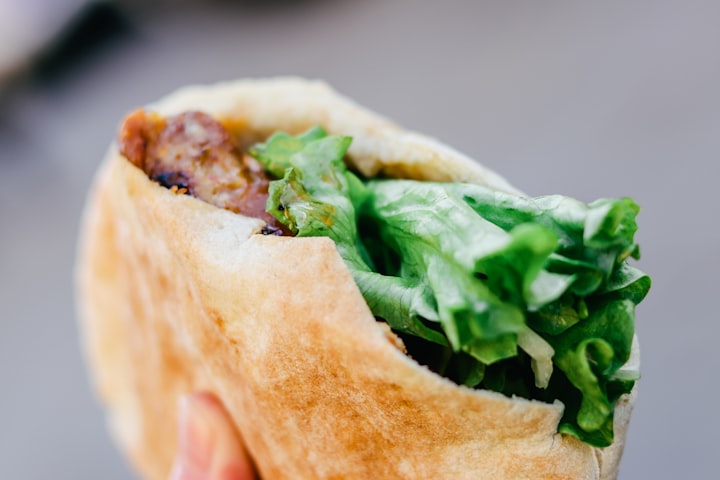The Many Flavors of Kebabs
: A Tour of Regional Variations and Unique Twists

Do you like kebabs?
This dish, classified as fast food, is uncommonly delicious.
It's also a great way to get your vegetables!
Kebap, often spelled "kebab" in English, is a dish that has tantalized palates around the world. Originating in the Middle East, the dish has traveled far and wide, acquiring unique flavors and variations in the process. But what is it that makes kebap so beloved around the world? Embark on a gastronomic journey to explore the many flavors of kebap!
1. The Classic: Shish Kebap
Starting with the classic, the Shish Kebap is the poster child of kebaps. Traditionally made with marinated lamb or beef, these are skewered and grilled over an open flame. The word "shish" comes from the Turkish word for skewer. Evidence suggests that soldiers in ancient times used to grill chunks of freshly hunted animals on swords over open fires. Talk about a warrior's barbecue!
2. Adana Kebap: The Spicy Sensation
Hailing from the city of Adana in Turkey, this kebap is not for the faint-hearted. Made with ground lamb or beef mixed with spicy chili, it's a fiery treat. Research indicates that spicy foods can boost metabolism, so perhaps the Adana Kebap is the tastiest way to burn calories!
3. Döner Kebap: Europe's Midnight Snack
One of the most popular fast foods in Europe, especially in Germany, the Döner Kebap is a testament to the dish's adaptability. Thin slices of meat are shaved from a rotating vertical spit and served in bread with a variety of toppings. Evidence-based studies have shown the positive impacts of integrating diverse cultures, and Döner Kebap is a delicious example of culinary integration.
4. Iskender Kebap: A Royal Feast
Named after its creator, Iskender Efendi, this dish is a luxurious take on the classic kebap. Thin slices of lamb are served over pieces of pita bread and generously doused in tomato sauce and melted butter. It's then topped with yogurt on the side. Historical records suggest that Iskender Efendi wanted to create a dish fit for a sultan, and he certainly succeeded!
5. Seekh Kebabs: The Indian Twist
Venturing into South Asia, the Seekh Kebab is a testament to India's rich culinary heritage. Made with spiced minced meat, often mixed with herbs and onions, it's grilled to perfection. Evidence from culinary historians suggests that the Mughal emperors, who ruled India in the medieval period, brought the concept of kebaps to the subcontinent, which then took on a local flavor.
6. Satay: Southeast Asia's Answer to Kebap
While not traditionally a kebap, Satay from Southeast Asia deserves a mention. Skewered and grilled meat served with peanut sauce, it's a dish that showcases the region's rich flavors. Research into regional cuisines indicates that local ingredients and cooking methods play a pivotal role in shaping a dish, and Satay is a prime example.
Conclusion: The Universal Appeal of Kebap
Kebap, in its many variations, is more than just a dish—it's a story of migration, adaptation, and innovation. As it traveled from region to region, it absorbed local flavors, ingredients, and cooking techniques, resulting in a rich tapestry of culinary delights. Evidence-based studies into gastronomy highlight the importance of preserving traditional recipes while also encouraging innovation. And as our tour suggests, kebap has managed to strike that balance perfectly.
In the world of culinary arts, kebap stands tall, not just on its skewer, but in its ability to bring people together over a shared love for food. Whether you're a fan of the classic Shish or the spicy Adana, there's a kebap out there for everyone. So, the next time you're savoring a delicious kebap, remember—you're not just enjoying a meal, you're partaking in a global culinary legacy.
About the Creator
MEME_rain
I would like to write an evidence-based article on a wide range of articles.It will take time because I am not used to it, but I like to write, so I will continue to do so steadily.
Enjoyed the story? Support the Creator.
Subscribe for free to receive all their stories in your feed. You could also pledge your support or give them a one-off tip, letting them know you appreciate their work.






Comments (1)
Thats very interesting to learn!